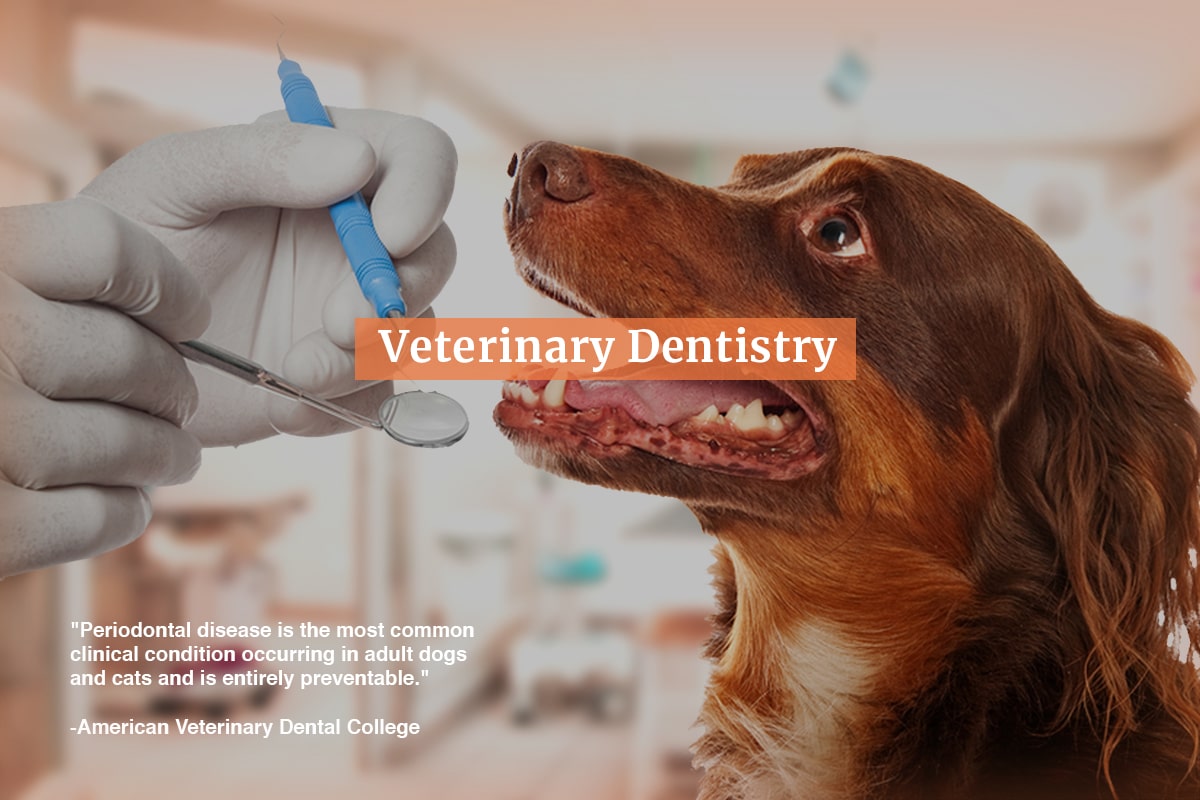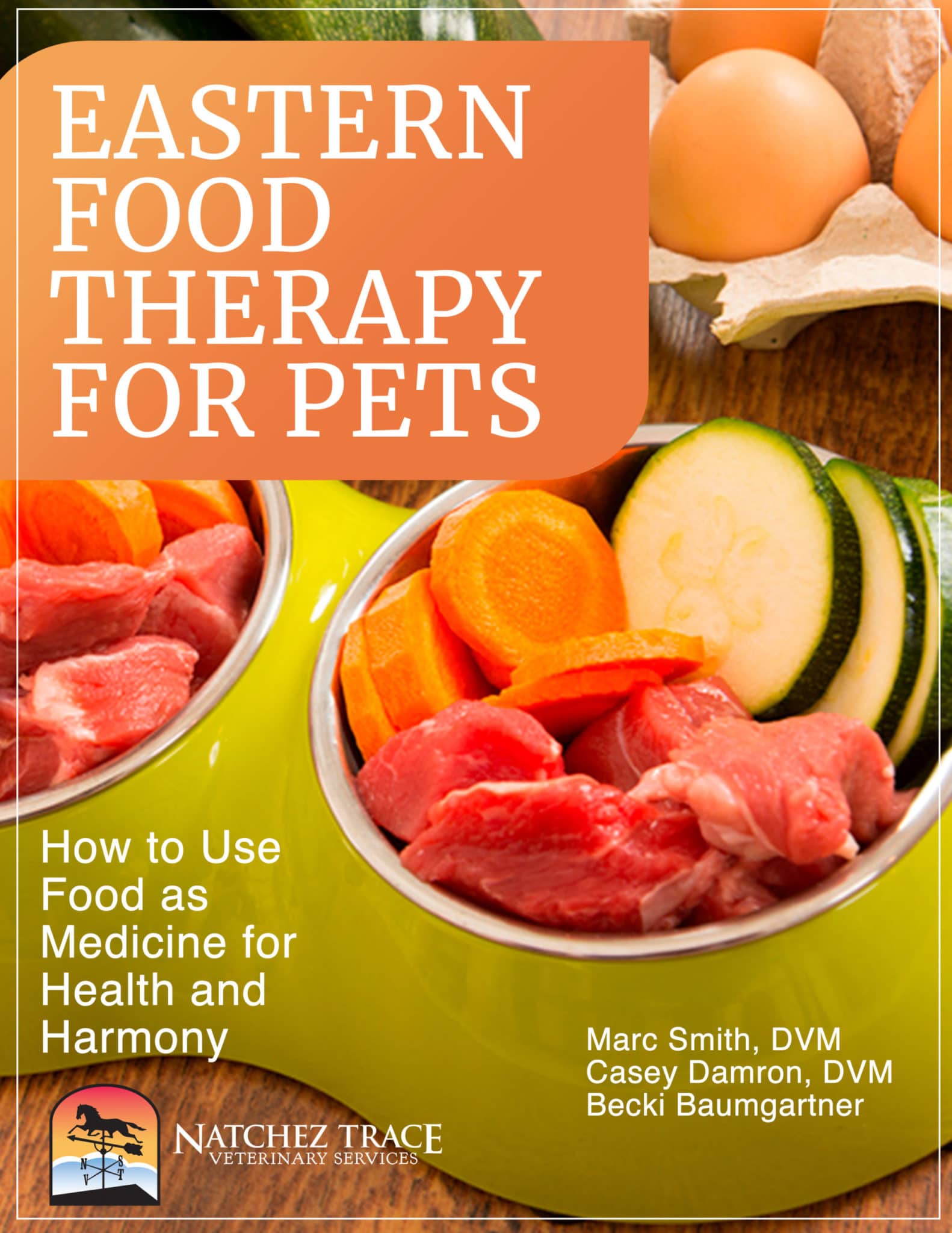Why Prioritize Veterinary Dentistry?
Your pet’s oral health matters as much as yours. Veterinary dentistry ensures their well-being, just like your routine dental check-ups.
In veterinary dentistry, the focus lies on preventing dental tartar buildup. This blend of minerals, organic matter, and food debris forms the unsightly dental tartar.
Initially, it begins as plaque, a soft substance. But if ignored, it solidifies, attaches to teeth, advances beneath gums, and demands extensive scaling for removal.
Unchecked tartar leads to severe gum inflammation, recession, and tooth loss, causing bad breath and persistent oral infections.
Periodontal disease not only impacts oral health but also triggers systemic issues like diarrhea, vomiting, discomfort, and, sadly, organ failure.
Neglected dental issues pave the way for bacteria into the bloodstream, shortening your pet’s life. Preventive measures in veterinary dentistry are vital for their well-being. Don’t overlook their dental health—it’s key to their overall vitality.
“Periodontal disease is the most common clinical condition occurring in adult dogs and cats and is entirely preventable.”
5 Effective Tips for Preventing Dental Disease in Your Pet
Ensuring your pet’s oral health impacts their overall well-being. Here are five tips to prevent dental disease and keep your furry friend’s mouth healthy.
-
Choose chew items wisely: Offer specially formulated treats to promote dental health or hard rubber toys. Chewing helps reduce plaque buildup, supporting oral hygiene.
-
Add vinegar to water: In moderation and under vet guidance, adding a teaspoon of vinegar to your pet’s water may help maintain oral pH, deterring bacteria growth.
- Schedule regular dental check-ups: Plan yearly oral exams with your vet. This helps spot emerging issues and apply timely preventive measures.
-
Follow professional cleaning advice: Veterinarians recommend periodic dental cleanings to tackle tartar buildup and maintain oral health.
-
Maintain consistent dental care: Regular brushing with pet-friendly toothpaste and other recommended practices significantly aids your pet’s oral hygiene.
Active participation in your pet’s dental care boosts their overall health.
For tailored advice, consult us to meet your pet’s unique needs in veterinary dentistry.
Professional Dental Cleaning
Enhancing your pet’s dental health is crucial for their well-being.
In veterinary dentistry, professional dental cleanings offer comprehensive care, including scaling, polishing, antiseptic flushing, and a thorough physical exam.
Simply drop off your pet in the morning and pick them up by day’s end for this vital procedure.
Although anesthesia is necessary during a dental cleaning, the risks are notably lower than the consequences of neglecting dental care in veterinary dentistry. Prioritizing professional dental cleanings is critical to your pet’s oral health.
Here’s How We Perform a Veterinary Dental Procedure
Ensuring your pet’s optimal dental health is our priority in veterinary dentistry. Our meticulous professional dental procedure encompasses laboratory testing for organ function evaluation, light anesthesia for comfort, thorough teeth scaling, precise polishing, antiseptic flushing, and fluoride coating for optimal oral health.
In our meticulous process:
- We conduct organ function tests for anesthetic safety, prioritizing your pet’s safety and well-being.
- Light anesthesia is carefully administered, ensuring your pet’s comfort throughout the thorough cleaning process, a crucial aspect of veterinary dentistry.
- Teeth scaling targets tartar above and below the gum line, employing advanced tools for effective cleaning.
- Precise teeth polishing follows scaling to discourage future plaque formation, an essential step for improved oral health.
- A thorough antiseptic flush eliminates bacteria, promoting a clean oral cavity in veterinary dentistry.
- A fluoride coating is applied, aiding tooth sensitivity, fortifying enamel, and combating bacteria for lasting oral health benefits.
Depending on your pet’s needs, antibiotics or pain medication may be recommended post-cleaning, ensuring their comfort and recovery.
Your pet’s dental health is pivotal. Our comprehensive approach in veterinary dentistry ensures their enduring oral well-being.
People Also Ask:
1. Why does veterinary dentistry require anesthesia?
Veterinary dentistry often requires anesthesia for several reasons:
- Pet Cooperation: Pets, unlike humans, don’t understand the need to remain still during dental procedures. Anesthesia ensures your pet remains calm and motionless, allowing us to perform a thorough examination and necessary dental work without causing distress or injury to your pet.
- Safety and Comfort: Dental procedures involve intricate work inside the mouth, including scaling, polishing, and potentially extractions. Anesthesia ensures the pet remains pain-free and immobile throughout the process, preventing sudden movements that could result in injury to both the pet and the veterinary staff.
- Control and Precision: Anesthesia allows us to work with precision, ensuring a thorough and effective dental cleaning or treatment. It enables the veterinarian to access all areas of the mouth, perform X-rays if necessary, and address any underlying dental issues without causing discomfort to the pet.
- Reduced Stress: Anesthesia minimizes stress and anxiety for the pet during the dental procedure. It prevents fear or discomfort associated with the handling, noises, or sensations that might occur during dental work.
While anesthesia does carry some inherent risks, modern anesthetic techniques and careful monitoring by trained veterinary professionals significantly mitigate these risks. The benefits of performing thorough and effective dental procedures often outweigh the potential risks associated with anesthesia, especially considering your pet’s long-term health and well-being.
2. How safe is veterinary dentistry?
Veterinary dentistry, like any medical procedure, carries some inherent risks. However, with proper precautions, trained professionals, and modern techniques, veterinary dentistry is generally safe for pets.
We prioritize safety in every aspect of our veterinary dentistry procedures. Our trained team ensures that every dental procedure is conducted with precision and care, prioritizing your pet’s well-being.
We meticulously monitor anesthesia during dental procedures using advanced equipment tailored to your pet’s individual needs. Preoperative evaluations are standard practice to assess overall health and identify any potential risks beforehand.
With access to modern tools and techniques, such as ultrasonic scaling equipment, we deliver precise diagnosis and treatment for various dental issues.
After the procedure, we provide thorough postoperative care, including pain management and antibiotics if needed, ensuring a smooth recovery for your pet.
We also take pride in educating pet owners on proper dental care practices at home, offering guidance on hygiene practices, diet recommendations, and regular check-ups to maintain your pet’s oral health and prevent future dental problems.
At every step, your pet’s safety and well-being are our top priorities, and we strive to provide the highest standard of care in veterinary dentistry.
3. Will you let me know if any teeth need to be pulled?
Yes, we will let you know if and how many teeth require removal before we pull them. Just make sure you are available!
4. After anesthesia, will my pet be in pain?
No! We will give medications to make sure your pet is not in pain.
5. How often does my pet need a dental?
It depends! Some smaller dogs need dental every year or two. Others only require a dental every few years. And some never need a dental. It just depends on your pet. We recommend a dental only if your pet needs one.





